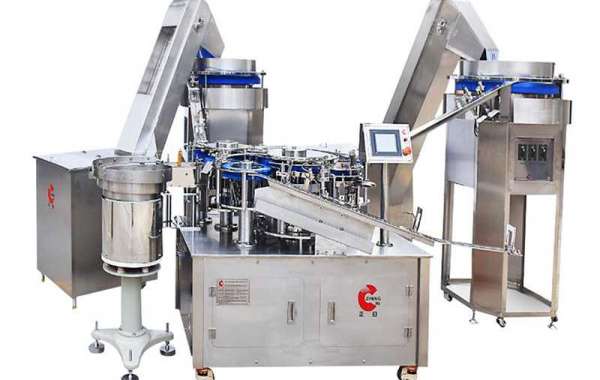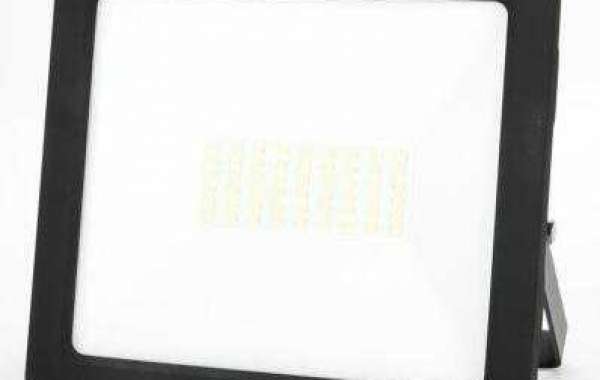The concept of the syringe machine stems from prehistorical implements such as blowpipes, poison-tipped darts, and other weapons used to deliver toxins into a person’s body. Records of using early versions of the hypodermic needle go back to Ancient Greece. These early syringes could only push liquids into existing body orifices, not penetrate the skin, while an Egyptian surgeon invented a type of syringe called a clyster that could deliver an enema or provide suction to extract nasal mucous. The concept didn’t change much for several hundred years.
The First Injections
In 1656, Christopher Wren is credited as being the first person to perform an intravenous injection. Using a quill attached to a small bladder, the Englishman injected a dog with alcohol during an experiment in Wadham College, Oxford. Using alcohol made it easy to observe the effects of the experiment (i.e., the dog becoming intoxicated). The process first required an incision in the skin before a vein could be accessed.
Wren unsuccessfully attempted injections in humans, but human experimentation was the focus of Johann D. Major’s work. In 1662, Major, a German graduate of Padua University, performed the first recorded intravenous injection in a human. Although his attempts ended due to poor outcomes, progress continued to be made. Regnier de Graaf developed a metal syringe in the 17th century. Resembling a modern device, it consisted of a needle directly attached to a metal barrel, designed only to trace blood vessels in human corpses.1
The use of syringes at the time was mainly limited to experiments that didn’t end well.
Injection of substances such as opium, arsenic, and oil of sulfur, now generally considered unsafe for the human body, contributed to poor results. However, the idea of treating conditions such as syphilis and epilepsy with drugs was explored.
Experimentation often resulted in death, so injections weren’t explored again for another 200 years.
19th Century Developments
In the early 1800s, the idea of introducing drugs via the skin was revived. A process of causing blistering, removing the outer skin layer, and inserting a drug-containing plaster or poultice was invented; in 1836, a vaccination lancet (dipped in morphine) was pushed into the skin. The next innovation was a large needle that made a hole where a pellet could be pushed in, which was followed by a silk thread (coated with a drug) drawn under the skin for delivery.
An early syringe was developed in the 1850s by Charles Gabriel Pravaz, a French veterinary surgeon, and Alexander Wood, a Scottish doctor. It had a fine hollow needle and metal syringe barrel. The idea was refined in 1866 when a glass barrel was used so doctors could see how much medication remained inside it.
The systemic action of medications was still poorly understood. Physicians at the time believed the effects of injected medication were local, but that belief began to change when patients showed signs of morphine and opium dependency and these substances were seen to treat pain so effectively.
In 1899, Letitia Mumford Geer patented a one-handed syringe that let a physician inject a drug unassisted. There weren’t too many injectable drugs at the time, so the invention didn’t immediately have many advantages. By 1905, fewer than 2% of all drugs were injectable, according to the Science Museum, London.2 However, the market for hypodermic needles and drugs would expand after 1921 with the discovery of insulin.
Phlebotomist Drawing Blood From Patient
Modern Developments
The concept of the re-usable syringe dominated developments in the field until the 1960s. The Chance Brothers—Robert Lucas Chance and William Chance—invented an all-glass syringe in 1946. Featuring a removable barrel and plunger, it enabled users to replace parts of it, but these parts (and producing them) proved to be expensive. At the time, sterilizing and reusing hypodermic needles was standard practice.
A disposable syringe was developed in 1956. Conklin Murdoch of New Zealand produced a plastic disposable syringe containing a metal medical needle. However, there were several competing designs. The Monoject syringe developed by Roehr was introduced in 1955, while the Plastipack syringe was introduced by Becton Dickinson in 1961. Interest in disposable syringes increased as fears of disease transmission rose.
If you want to buy Syringe Silk Screen Printing Machine, contact us immediately!








